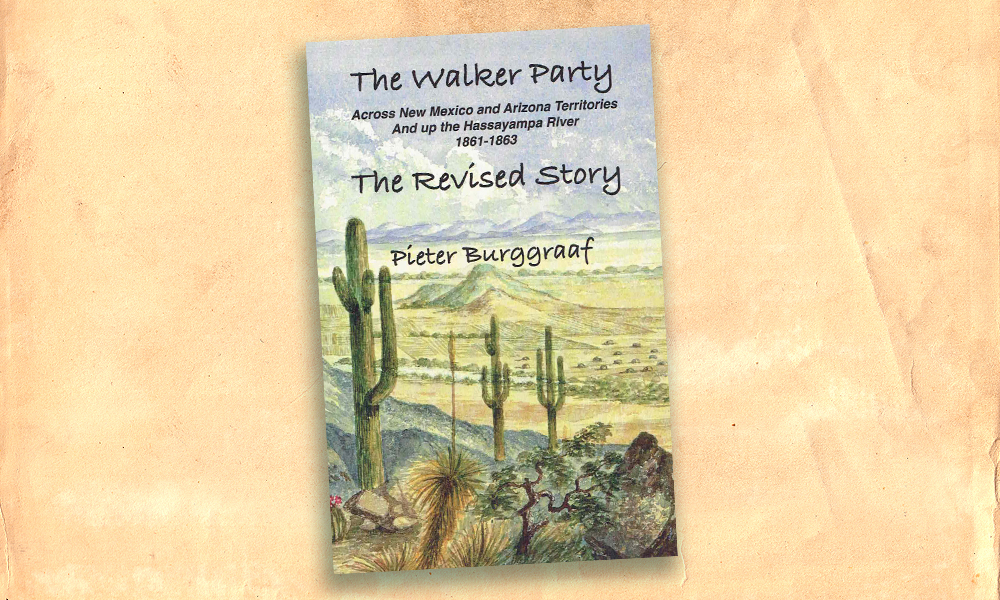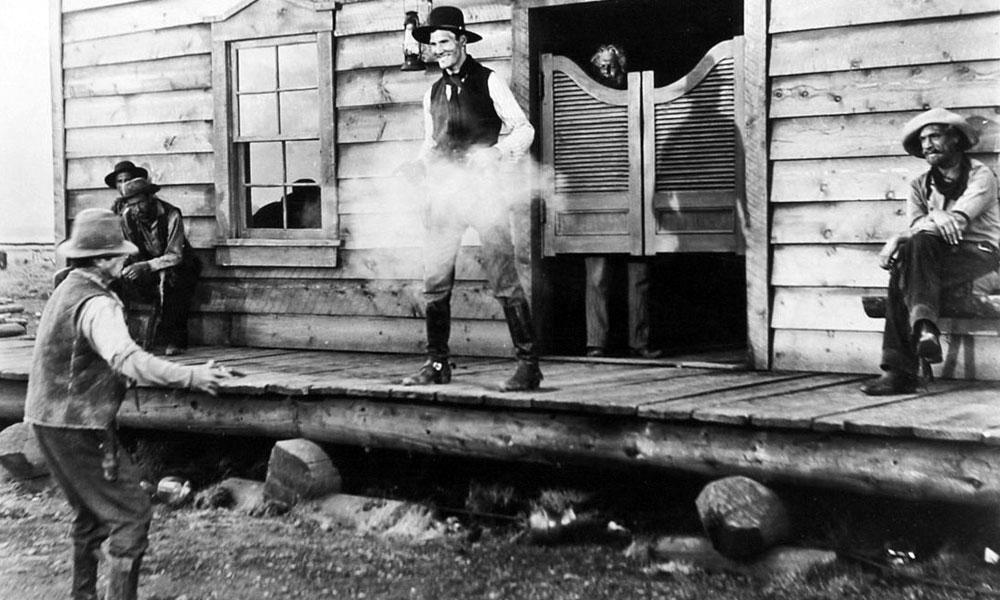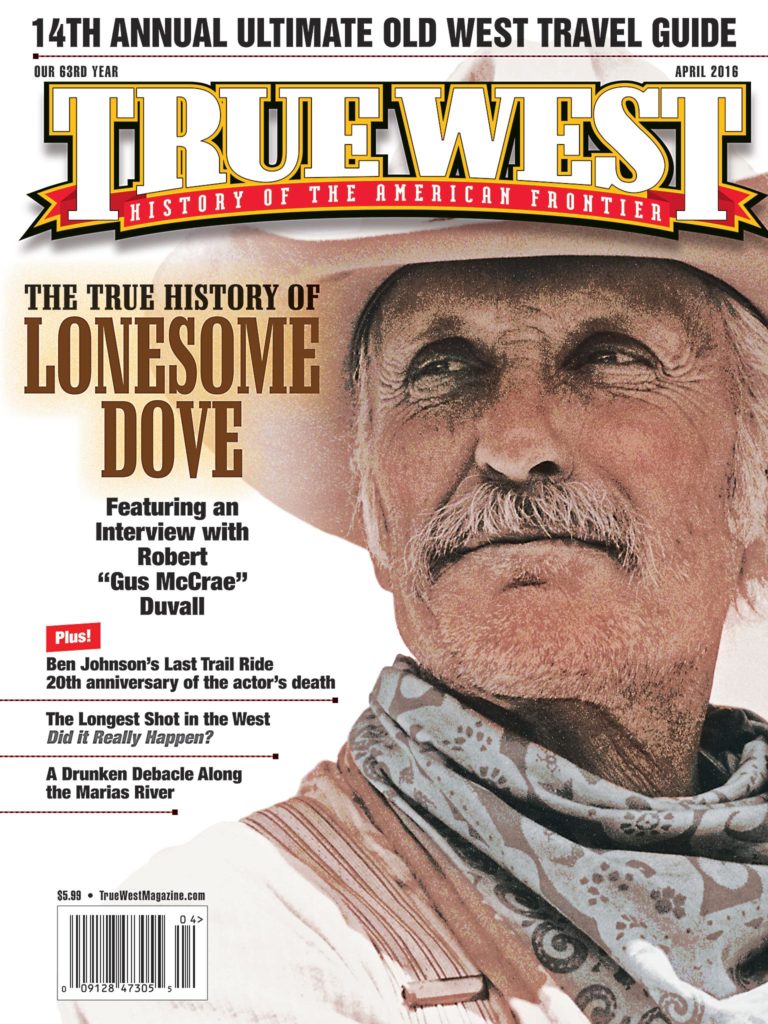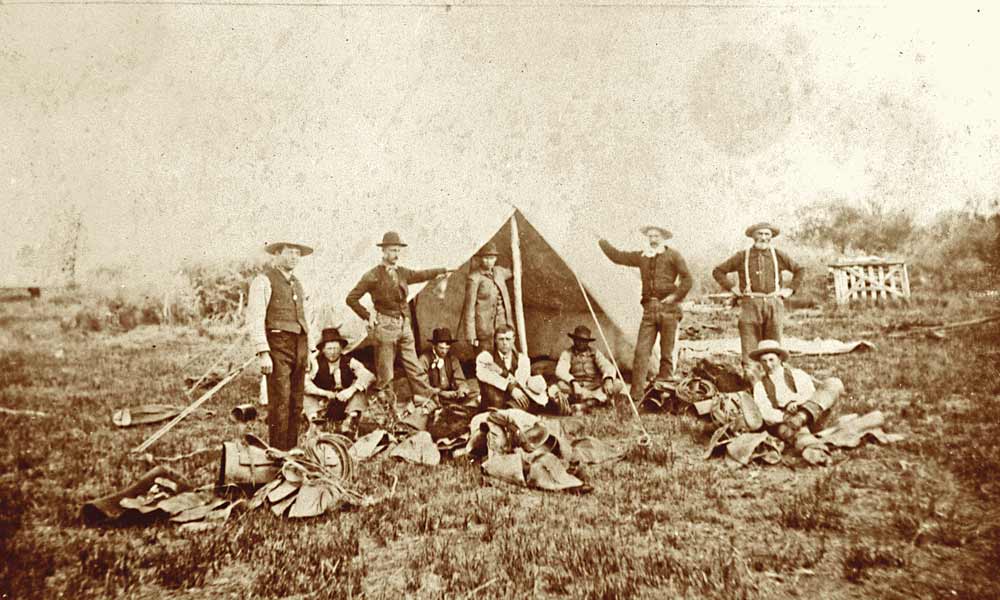
– Courtesy Paradise Valley Folklife Project collection, 1978-1982 (AFC 1991/021),
American Folklife Center, Library of Congress –
Nevada is a state with an old and rich history. Searching for gold, silver and other precious minerals has lured hopeful seekers to Nevada since the 1700s. Serious mining
took place 1849, when placer gold was discovered in a stream that flowed into
the Carson River. The “Mormon ’49ers” made this discovery on their way to the California goldfields. They eventually led others upstream and the Comstock Lode was discovered in 1859. Native peoples lived in the area for centuries, early explorers traversed it, pioneers crossed the state on the California Trail, the Pony Express riders blazed a trail through it, and immigrants who worked in the mines and on the railroads called it home.
While many immigrants passed through and lived in Nevada, the Basque pioneers have left a distinctive mark. They hailed from Northern Spain and three regions in France and arrived in the West for the California Gold Rush, but many headed back to Nevada and turned to sheepherding or cattle ranching. Their unique culture, food and recipes are their legacy.
What better place to start our journey than at the Nevada Historical Society in Reno? It’s the home of the state’s oldest museum and was founded in 1904 with the purpose of collecting, preserving and interpreting Nevada’s heritage. Collections include details on early native peoples, explorers, immigrants, mining, towns and artifacts from all over the state. Stop by the Lake Mansion, which was built in 1877. Its Italianate style shows upper-middle-class prosperity during the period.
Next, head northeast to Winnemucca where the Central Pacific Rail Road (CPRR) laid its track in 1868. The town’s original name was French Ford, but the CPRR honored local Paiute Indian, Chief Winnemucca, and changed the name of the bustling town to Winnemucca. This town’s history has many immigrant influences, including French, Chinese and Basque. While there are no cultural signs of the French and Chinese, the Basque influence can still be seen. Prospectors who were disappointed in California filed the first mining claim on Winnemucca Mountain in 1859. The Paiute Indians helped them discover rich bodies of ore within a one- to two-day journey from Winnemucca.
Wind your way up toward Elko, but before you get there, look for Historical Marker #3. This is called Hastings Cutoff and is where the ill-fated Donner party turned off the trail. Once in Elko, take in some history at the Western Folklife Center, which used to be the old Pioneer Hotel. Elko was founded in 1869 as a cattle-ranching town and railhead for the mines. Another good stop is Sherman Station, which is the visitor’s center. The complex includes a log cabin that’s over 110 years old, a schoolhouse, creamery building, blacksmith shop and barn.
To shorten your trip, skip Wells and Ely, if you like, and backtrack a little from Elko to take Route 278 straight down to Eureka.
Continue northeast to Wells, which was also founded in 1869 as a stop along the CPRR. The railroad chose the location because it was near the headwaters of the Humboldt River. They weren’t the first to appreciate the Humboldt and its wells. For thousands of years, the Western Shoshone people—who still live in a colony nearby—Hudson Bay trappers, mountain men and westbound wagon trains replenished here as well. You can take a side trip from Wells to see some of the deepest wagon wheel ruts along the California Trail. Take Highway 93 north 26 miles to the Winecup Ranch (marked) turnoff to the east, and continue 15 miles to the Mammoth Ruts sign.
Ely is a town filled with historic treasures, including Ward Charcoal Ovens State Park. The ovens, built around 1876, were used as smelters for the gold and silver mines at Ward. Explore the nearby mining ghost towns of Osceola, Hamilton and Cherry Creek. As you head out of Ely, look for the mining ghost town of Lane City, about three miles out. It was first known as Mineral and was settled in 1869. You wouldn’t know it today, but it had a 10-stamp mill, a store, a post office, saloons, hotels, restaurants, stables, boardinghouses and a blacksmith shop. In 1872 over 600 people called it home. It was renamed for Charles Lane who purchased the Chainman Mine and Mill in 1896. Ely is also home to the Northern Nevada Railway Museum, which operates the Nevada Northern Railway, one of nation’s foremost historic short-line railroads. For train buffs touring Nevada, the “Be the Engineer” program, where you can actually drive the steam and diesel engines from the cab of the locomotive is one of the most exciting heritage train programs in the nation. Head to Eureka on Highway 50, called the Loneliest Road in America. Route 50 roughly follows the path of the Pony Express riders. “Eureka!” a miner is said to have exclaimed in 1864 when the discovery of rich ore was made. Mining here, though, didn’t really hit its stride until the 1870s. Eureka had a population of about 5,000 in 1875 and had a Chinese section, saloons, gambling houses and bawdy houses, opera houses, breweries, doctors, lawyers, bankers, hotels and newspapers. Mines produced lead, silver, gold and zinc for the smelters. There are many old buildings in town that are from the 1800s, so drive around and take in the history.
Before Eureka became successful with its mining, Austin was the mining town. Austin was named after the city in Texas and was founded in 1862. The story told is that the silver rush was triggered by a Pony Express horse that kicked over a rock. According to the city, “…By 1863, Austin and the surrounding Reese River Mining District had a population of over 10,000, and it became the county seat of Lander County…” The Nevada Central RR was built in 1880, and by 1887, the mining boom was all but over. Original churches, a hotel and an 1890s castle still stand in this living ghost town.
On your way to Dayton, pass through the city of Silver Springs and take an 8-mile detour on Highway 95A south to see Fort Churchill State Park which was built in 1861 to protect traveling pioneers. Once in Dayton stop at the museum at the corner of Shady Lane at Logan to pick up a map. Visit the oldest schoolhouse in Nevada, Lyon County Courthouse, Rock Point Mill and more. Dayton was originally called Chinatown because of the many Chinese immigrants who worked on the ditches for mining. The first documented gold found in Nevada was discovered in Gold Canyon in the spring of 1849. Prospecting here eventually led miners into the area of Virginia and Carson City, where the legendary Comstock Lode was discovered.
Carson City has been a travel station for emigrants and Pony Express riders, and a mining boomtown. Once the Comstock Lode was struck, tens of thousands of pioneers flooded the area. The city was named after mountain man Kit Carson, who traversed northern Nevada in the 1840s. There’s even a historical trail named for him that you can follow around town. Mark Twain and his brother lived here for a brief time before moving to nearby Virginia City in the 1860s.
Head back toward Dayton on Highway 50E and turn onto Highway 341 and then onto Highway 342 into Virginia City. It was founded in 1859 when gold was discovered in Six-Mile Canyon. Virginia City became the wealthiest city in the West in the 1860s. Millionaires were born overnight and the city teemed with miners, businessmen, socialites and soiled doves. Samuel Clemens began writing for the Territorial Enterprise and took up the name Mark Twain. Today, this city retains many of its historic treasures, including the Pipers Opera House at B and Union Street. Museums, mansions and historic mine tours allow a peek back in time.

– All images courtesy TravelNevada unless otherwise noted –
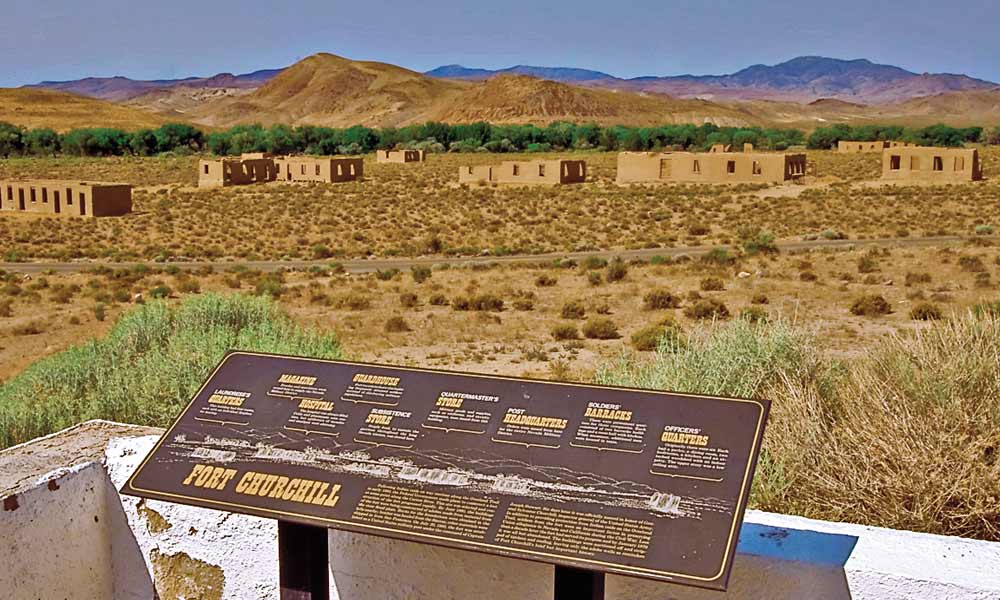
Sherry Monahan is the author of several books on the Victorian West and is the food columnist for True West. Sherry is the president of Western Writers of America.



